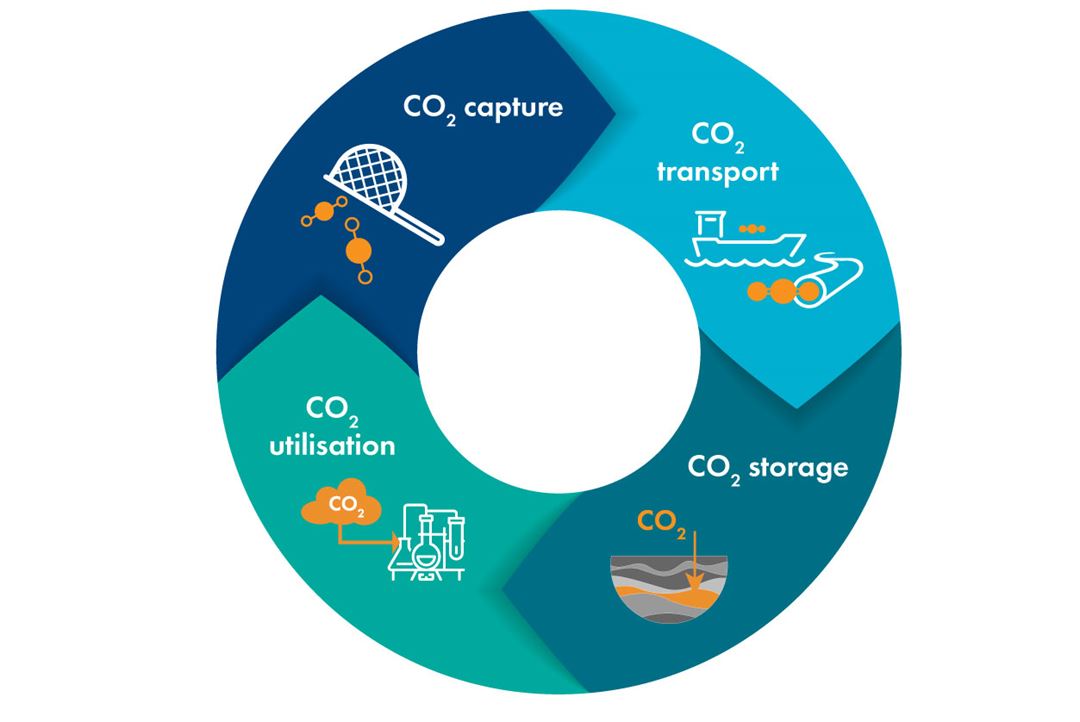While developing and demonstrating individual CO2 capture, transport, and storage technologies is very important, it is also important to understand the best ways to integrate CCS components in a cost- and environmentally-efficient way.
In order to achieve the required level of understanding and deploy the most suitable solutions, multiple development approaches and options must be assessed and compared.
We conduct detailed evaluations of integrated techno-economic and environmental aspects of CCS value chains, based on consistent and transparent methodology. This approach enables the most promising alternatives for CCS value chains to be selected, and reduces uncertainty by improving knowledge and developing risk management solutions.
We have developed several comprehensive methodes and simulation tools, which can be used to:
- Evaluate a CCS value chain on several levels: chain components, actor/owner, global chain, etc.
- Plan the coordination and deployment of CCS from multiple sites/actors
- Conduct sensitivity studies (considering technical, economic, global parameters)
- Implement new modules and additional criteria within the existing framework
- Perform critical and consistent evaluations of component modules with respect to multiple techno-economic and environmental criteria, and illustrate their functionalities on several illustrative case studies.
This type of analysis is also used to understand and communicate the role of CCS in decarbonising power and other industries, as well as the impact of CCS implementation down to the end user of daily products and services.
Examples of systematic evaluations of various chain alternatives, with sensitivity analyses, include (but are not limited to):
- Comparing alternatives for transporting CO2 (pipeline vs shipping with or without direct injection, transport conditions, stand-alone or joint infrastructures, etc.)
- Comparing capture technologies (amine, membrane, etc.), including the improved design and impact of key decisions (e.g. for CO2 capture ratio)
- Optimal sizing of infrastructures and global chains based on baseload, flexible, or cost-optimal operations
- Understanding the impact of new development on the design and performances of CCS
- Understanding the impact of CCS implementation on the emissions and costs of end-products and services such as bridges, newspapers, shipping, etc.
We work with these areas:
- CO2 capture, transport and storage
- Techno-economic analyses
- Emissions along the value chain
Typical assignments for us:
- Assess different CCS solutions for a company or cluster
- Compare scenarios to find the most cost-optimised solution
We do this for:
- Companies that want to investigate holistic solutions
- Authorities/stakeholders
- Clusters that want to investigate joint opportunities


